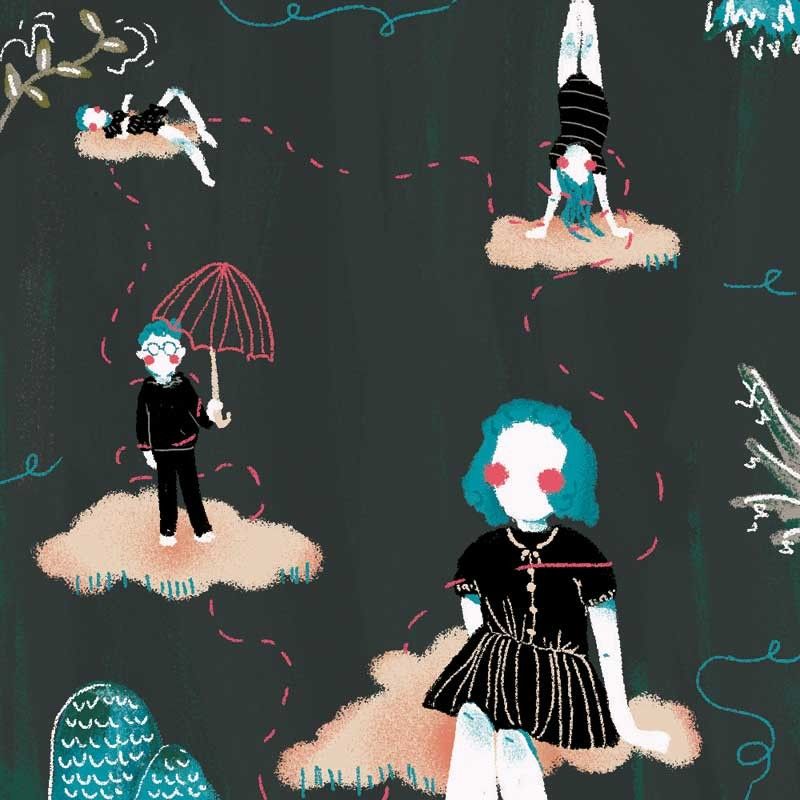Mental health: A coming of age

MANILA, Philippines — It was around the early 1990s when I finished my residency training in Psychiatry at The Medical City and fellowship training in Consultation-Liaison Psychiatry at St. Luke’s Medical Center. Edsa, viewed from my hospital, was all bushes with red and blue busses and a few cars traversing the road. With no traffic, no malls, and no skyscrapers, driving was a breeze!
Newly minted doctors, fresh from the boards, would flock to training programs in Internal Medicine, Surgery, Pediatrics and Ob-Gyn, which were considered the “majors.” The rest would go to Ophthalmology, ENT, Radiology, Psychiatry — the “benign.”
In our Department of Psychiatry, there was one resident per year level (there were three of us) in a 60-bed enclosed unit located at the hospital basement. When full, we extend to the medical floors, only when the family provides competent watchers.
At the National Center for Mental Health (NCMH), there are about 50 slots for residency training, but almost a third is unfilled. The cases we saw then were schizophrenia, mood disorders, substance abuse, and side effects of medications (stiffness, robot-like gait, resting tremors, slow movement).
Stigma was more palpable against the specialty and patients at that time. Confinements were strictly confidential, and patient inquiries were denied. One time, a patient blurted out, “Hey, your relatives in the province said you are in New York!”
Consults were avoided and in worst-case scenario, relatives have to bring patients forcefully to the clinic or for admission. It is not uncommon to see at the emergency room patients hog-tied or shackled, unkempt and avoided. Also, infrequently, psychiatry residents and consultants were victims of patient outbursts and assault. This gave us a bad press and probably was the reason why doctors and staff are fearful of psychiatric patients.
Culture comes to the fore as we get patients being seen by faith, healers and albularyos. We had to work around that and “co-manage” with them — that way, we put patients and relatives at ease. Likewise, with medications, patients fear being “addicted” to psychiatric medications, hampering compliance, recovery and causing relapses.
First-generation antipsychotics, tricyclic antidepressants, electroconvulsive therapy under anesthesia and psychotherapy were used as treatment modalities. We followed the American system of nomenclature using the Diagnostic and Statistical Manual of Psychiatric Disorders 3 (DSM 3) and the International Classification of Diseases (ICD 9) for our diagnosis and practice guidelines.
A decade later, in 2000, new medications came to the fore: the second-generation antipsychotics, the selective serotonin reuptake inhibitors antidepressants, mood stabilizers were introduced. There were very minimal side effects, and dosing was simpler. It was the decade of the Brain, when enormous research and treatments were being unearthed. Prolonged hospitalization and institutionalization were now replaced by acute care units and outpatient visits.
At TMC, our 60-bed unit was reduced to 20-bed capacity by 2006. Still, at NCMH, a 3,000-bed government facility, admission and emergency room consults were overflowing.
Now, we are using DSM V and ICD 11 with new practice guidelines in managing psychiatric disorders. More importantly, we are noticing changing psychopathology in our practice.
Now there is a surge in personality disorders (antisocial and borderline especially), developmental disorders (autism spectrum disorders, intellectual disability disorders), substance abuse, gender identity disorders, anxiety disorders, Depression, Bipolar Mood Disorders, and Dementia. And the age of onset is becoming younger. We see disorders caused by the impact of technology on human behavior, too (cyber addiction, social media envy predisposing to depression).
Currently, there are about 500 psychiatrists in the country. Less than a hundred of that are child and adolescent psychiatrists, about 10 are addiction psychiatrists, about 20 are consultation-liaison psychiatrists, and a couple of practices forensic psychiatry, about five are geriatric psychiatrists — too few to address the mental health needs of the Filipinos.
With the newly passed Mental Health Law, we aim to standardize and institutionalize mental health awareness and practices for a healthy mind and healthy body at home, school and workplace.
Good luck to us all! — Dr. Dulce Sahagun
* * *
Dr. Dulce Sahagun is a Life Fellow at the Philippine Psychiatric Association and Diplomate at the Philippine Board of Psychiatry. She is also a Core Faculty at the Ateneo School of Medicine and Public Health.



















